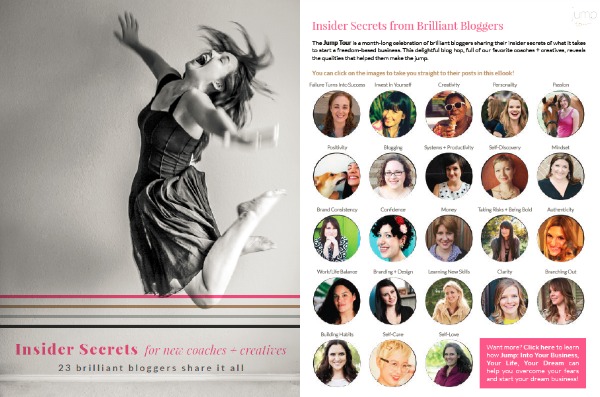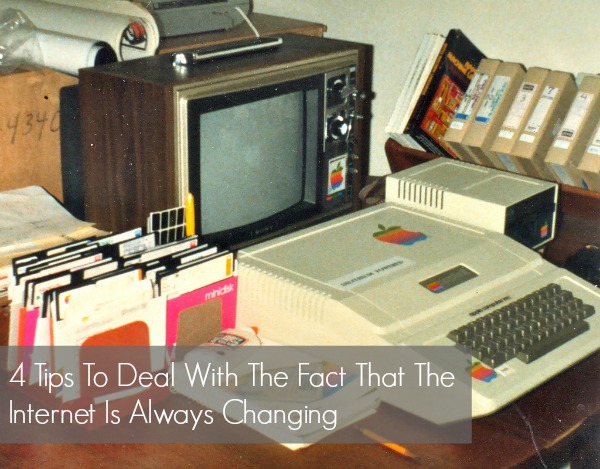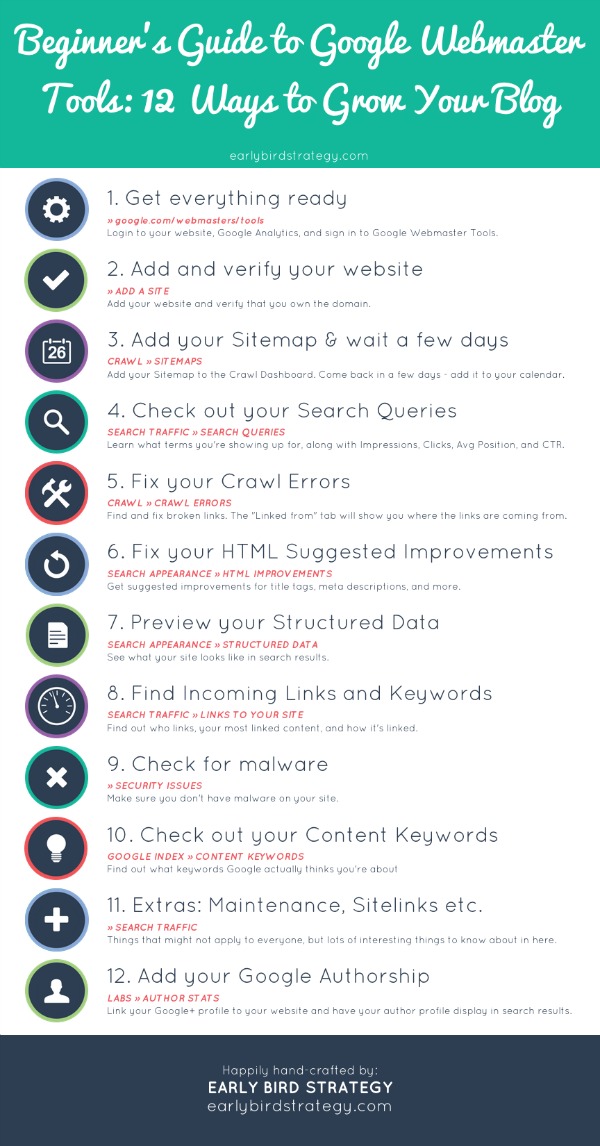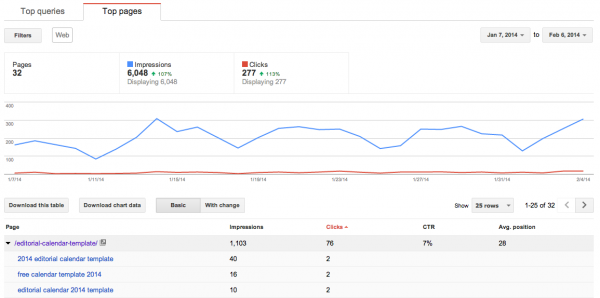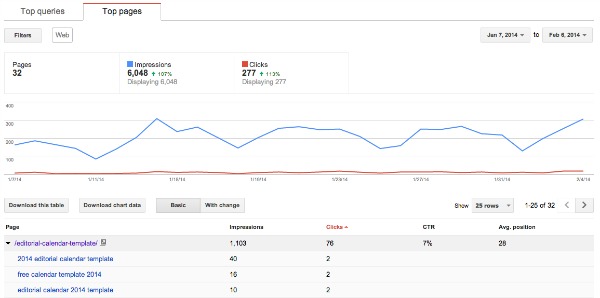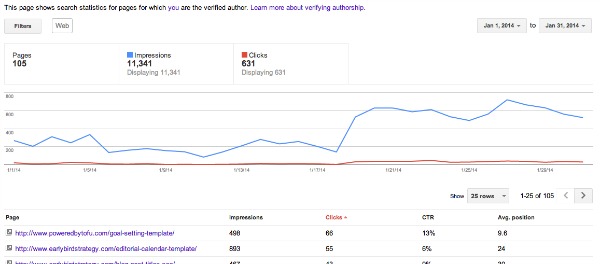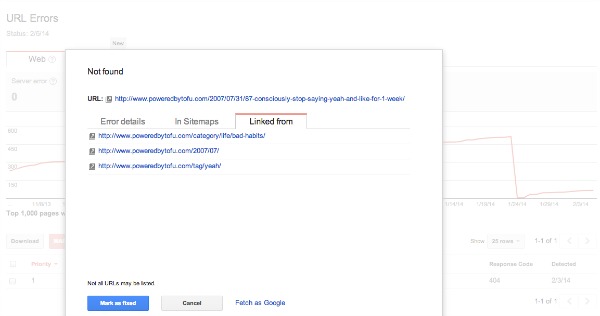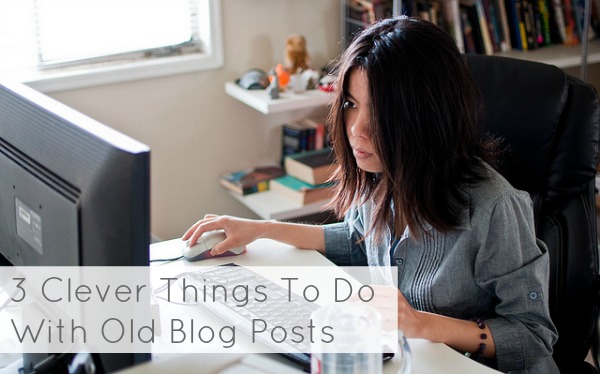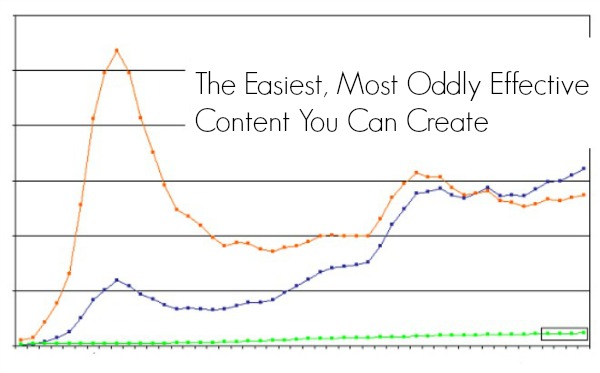 Three years ago, while sitting on a bed in Malaysia, I inadvertently created one of my most popular post series.
Three years ago, while sitting on a bed in Malaysia, I inadvertently created one of my most popular post series.
I’d been traveling for six months and was working eight hours a day for one of Malaysia’s leading women’s magazines. Between all that writing and my very busy schedule of drinking Pimm’s by the pool, I didn’t have much time or creative energy to devote to high-quality posts. I was concerned that readers would leave my blog if I didn’t post regularly, so I assembled a post that consisted of links to cool things I found around the internet.
I cobbled it together, titled it ‘Web Time Wasters’, and posted it - expecting little traffic and not much response.
And the opposite happened.
Oddly, people loved it! I could see that it got a lot of traffic and a surprising number of comments. Since I posted it on Sunday (a traditionally ‘slow’ day on the internet) my readers were thrilled to have an hour’s worth of fun, curated reads for their Sunday morning. And I’ve been posting ‘Web Time Wasters’ each Sunday since then.

Readers regularly tell me that my link roundups are their favorite on the internet (thanks?) and that those posts are their internet equivalent to reading the Sunday paper. Which is so nice! Occasionally, I find the whole thing a bit demoralizing. I write a post about working in a refugee camp that gets five comments, but a roundup of 15 links to funny cat videos and travel tips gets 12 comments. Ah, well!
But it’s hard to argue with traffic and results. For me, these link posts have resulted in:
* Two big-deal on-retainer clients
* New sponsors
* Thousands of dollars in affiliate sales
* New internet friendships with heaps of cool people
* Introducing my readers to talented bloggers + helpful products I think they should know about
Why should you be creating link roundups?
1. They’re a great, non-sleazy way to network
I’m not particularly ‘strategic’ about who I link to. When I find something I like, I link to it - regardless of the site’s size. But! If there’s a blogger or company you’d really like to partner with, including them in your link roundup is a great way to (begin to) get on their radar.
2. It’s good karma
If you’ve got traffic, it’s nice to send it someone’s way. It’s also a great way to ‘be the change you want to see in the internet’ (to paraphrase Gandhi.) When you link to and promote thoughtful, kind content you’re reinforcing what you think is important and the kind of content you want out in the world.
3. It’s a non-annoying way to incorporate affiliate links
I, like most bloggers, am part of an affiliate network - you can see the disclaimer in the footer on Yes and Yes. But because I don’t write much about fashion or beauty products (the items most commonly sold through affiliate links) there aren’t many opportunities for me to make money that way. My link roundups are a genuine, non-annoying way for me to link to cute dresses and good books in a way makes sense - and make an extra $150 a month.
4. Link roundups ‘reinforce your brand’
This is something I didn’t realize I was doing until a client pointed it out to me. “You like fun, silly things but you’re also interested in current events, literature, feminism, and cultural stuff - and that’s obvious from the links you choose.” Well, thanks! While it certainly wasn’t my intent to do this, I can see what she’s saying. Looking through the links I choose is an easy way to see what’s important to me - and if you’re someone who’s interested in those things too we’re better, closer internet friends.
5. It establishes you as an expert and a curator of awesome stuff
If you write about a specific topic (healthy living, homeschooling, living in small spaces) link roundups are a great way to introduce your readers to helpful, useful information. And every time you do that, they appreciate it and (maybe) think “Why, that Sheryl sure knows a thing or two about green juices!” or “Dana knows where all the good stuff is! If she’s this knowledgeable, I should probably hire her!”
Crazy, right? All benefits from a post full of stuff that YOU DIDN’T EVEN WRITE. Stay tuned next week for some link roundup best practices!
Do you ever do link posts? How do you feel about them?
P.S. if you’d like more of this type of instantly implementable, traffic-boosting advice you might like my Clever Sessions!



















